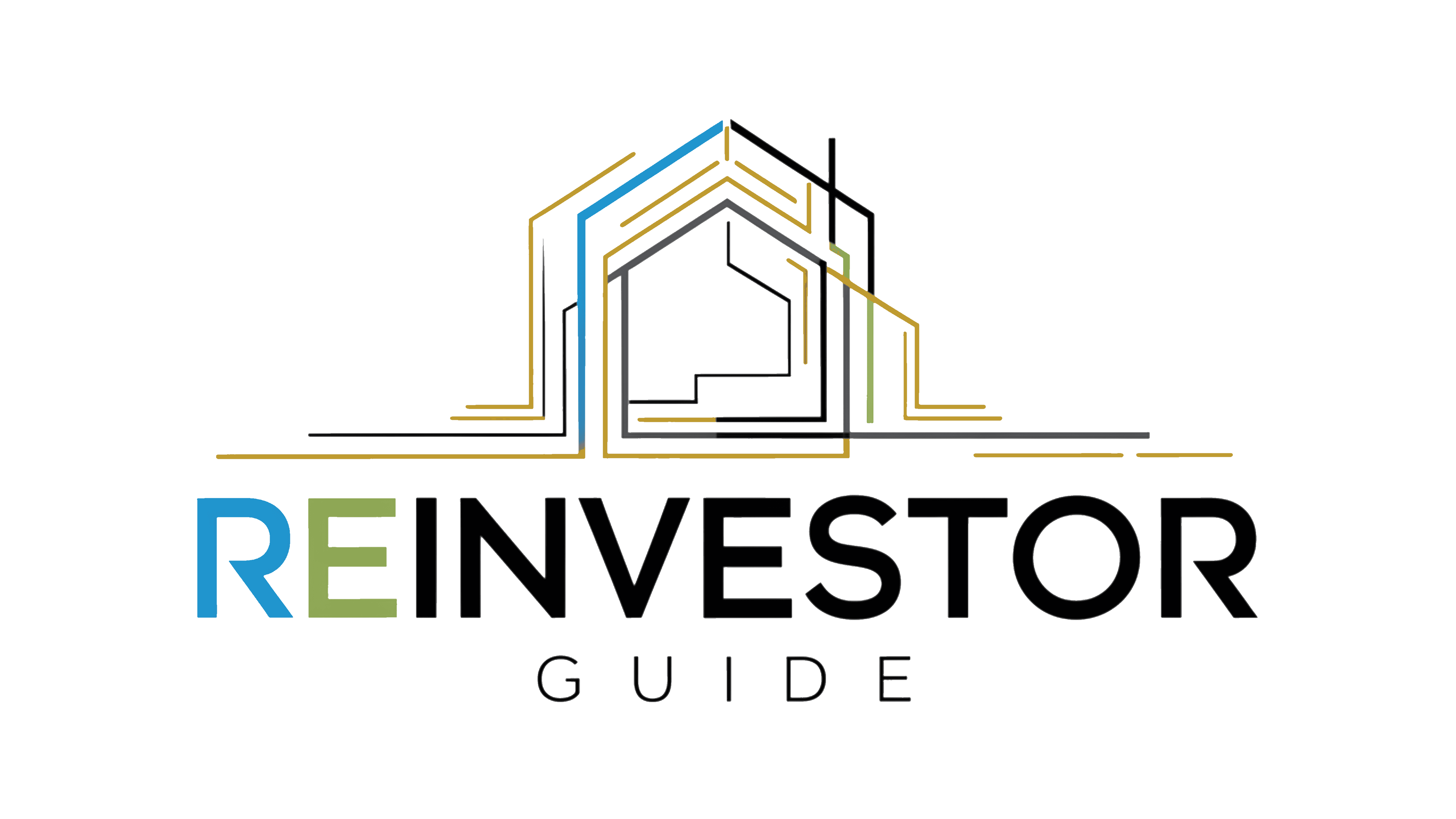When you sell an investment property, the IRS typically wants a cut—through capital gains tax. But what if you could sell, reinvest, and keep 100% of your equity working for you?
That’s exactly what a 1031 exchange allows.
Used correctly, a 1031 exchange is one of the most powerful tools in real estate. It lets you defer paying capital gains taxes by rolling profits from one property into another “like-kind” investment—allowing you to build wealth tax-deferred, not tax-erased.
Here’s how it works, who it benefits, and how to stay compliant.
What Is a 1031 Exchange?
Named after Section 1031 of the Internal Revenue Code, this strategy allows real estate investors to defer capital gains taxes when they:
- Sell an investment property
- Reinvest the proceeds into another like-kind property
- Follow strict IRS guidelines and timelines
By doing this, you avoid taxes on the sale—for now—and keep your money compounding in a new asset.
Why Investors Use 1031 Exchanges
- Defer taxes on capital gains, depreciation recapture, and state taxes
- Increase purchasing power by rolling 100% of equity into the next deal
- Swap up to larger, better-performing assets
- Rebalance portfolio (e.g., from single-family to multifamily or STRs)
- Consolidate properties for easier management or cash flow
This strategy is ideal for long-term investors looking to grow faster without shrinking their equity through taxation.
What Qualifies as “Like-Kind”?
Contrary to popular belief, “like-kind” doesn’t mean same size or property type. It simply means real property held for investment or business purposes.
Examples of eligible swaps:
- SFR → Duplex
- Multifamily → Short-term rental
- Commercial → Vacant land
- Portfolio of SFRs → 1 large multifamily
You can even go from active to passive investments (e.g., into a Delaware Statutory Trust or fractional real estate platform).
Submit Your Loan ScenarioKey 1031 Exchange Rules You Must Follow
To legally defer your capital gains tax, you must comply with the IRS’s strict requirements:
1. Use a Qualified Intermediary (QI)
You cannot take possession of the sale proceeds yourself. A third-party intermediary holds the funds and facilitates the exchange.
2. Identify New Property Within 45 Days
You must formally identify one or more replacement properties within 45 days of the sale of your original property.
- You can list up to 3 properties (regardless of value)
- Or list more if their combined value doesn’t exceed 200% of the relinquished property
3. Close on New Property Within 180 Days
You must complete the purchase of the replacement property within 180 days of the original sale.
📌 Both timelines start the day your old property closes, not when it’s listed.
What Happens If You Don’t Reinvest Everything?
If you pocket some of the sale proceeds, that’s called boot, and you’ll pay tax on it.
To fully defer taxes, you must:
- Reinvest equal or greater value than the original sale price
- Use all sale proceeds toward the purchase
- Take on equal or greater debt (or add cash to cover the difference)
1031 Exchange Example
You sell a duplex for $600,000 that you bought years ago for $300,000.
- Your capital gain is $300,000
- Normally, you’d pay ~$75,000+ in taxes (federal + state + depreciation recapture)
- Instead, you identify a $900,000 fourplex and use a 1031 exchange
- You roll your equity and debt into the new deal tax-deferred
Now, you’re earning more cash flow on a better asset—without losing equity to taxes.
Can You Use a 1031 Exchange for a House You Live In?
No—primary residences don’t qualify for a 1031 exchange. The property must be:
- Held for investment
- Used in a trade or business
- Rented out for profit or appreciation
You can, however, move into a rental after a holding period—often 2 years—and convert it into a primary residence. But tax rules will limit the amount of gain you can exclude.
When a 1031 Exchange Makes Sense
- You’ve owned a property that significantly appreciated
- You’re nearing a sale and want to preserve capital
- You want to upgrade to a better market or asset class
- You’re ready to exit an active property and transition to passive income
📌 Tip: Combine 1031 exchanges with cost segregation and bonus depreciation on your new property for even more tax efficiency.
Risks and Considerations
- Must meet strict deadlines—no extensions
- Properties must be held for investment, not personal use
- Some states may still impose taxes, even if deferred federally
- Boot (cash or debt not reinvested) is taxable
- Depreciation recapture is only deferred—not erased
Always consult with a qualified intermediary and tax professional before starting an exchange.
Final Thoughts
A 1031 exchange is one of the most powerful tools in a real estate investor’s toolbox. It allows you to legally defer taxes, preserve capital, and scale your portfolio without losing momentum.
Used strategically, 1031 exchanges can help you snowball equity across deals—and even allow you to pass appreciated assets tax-free to heirs through a step-up in basis.
Our advise is based on experience in the mortgage industry and we are dedicated to helping you achieve your goal of owning a home. We may receive compensation from partner banks when you view mortgage rates listed on our website.



